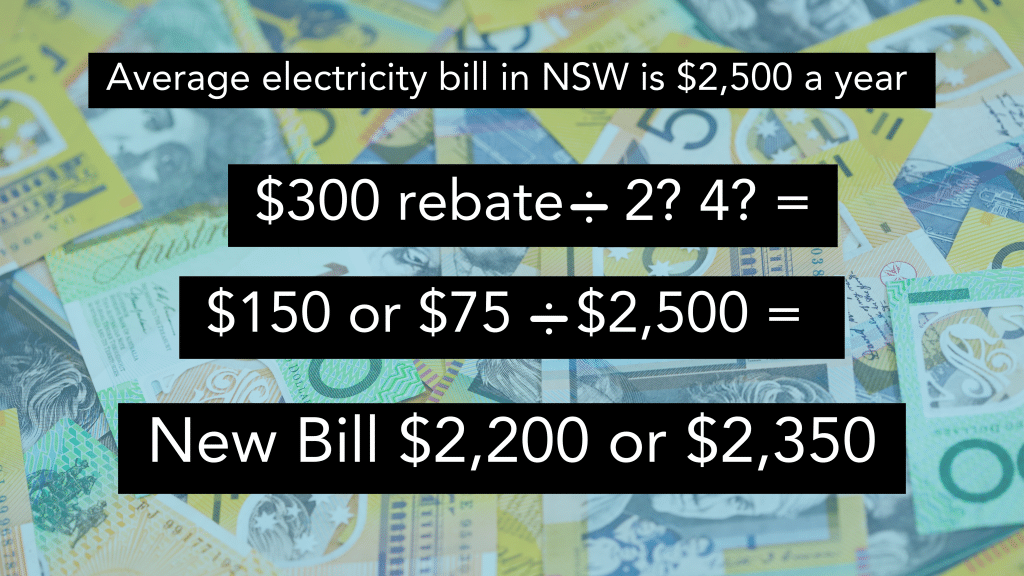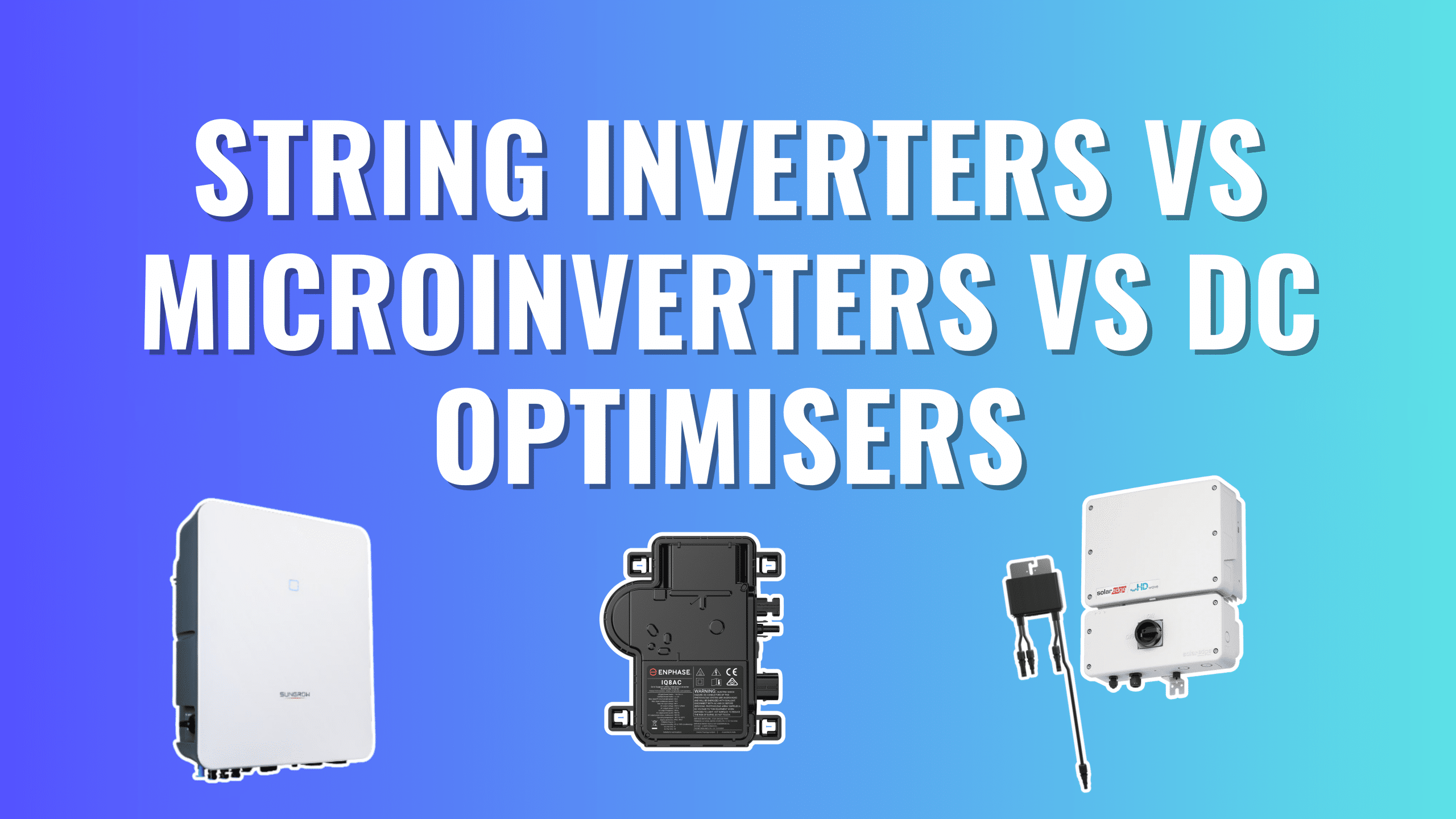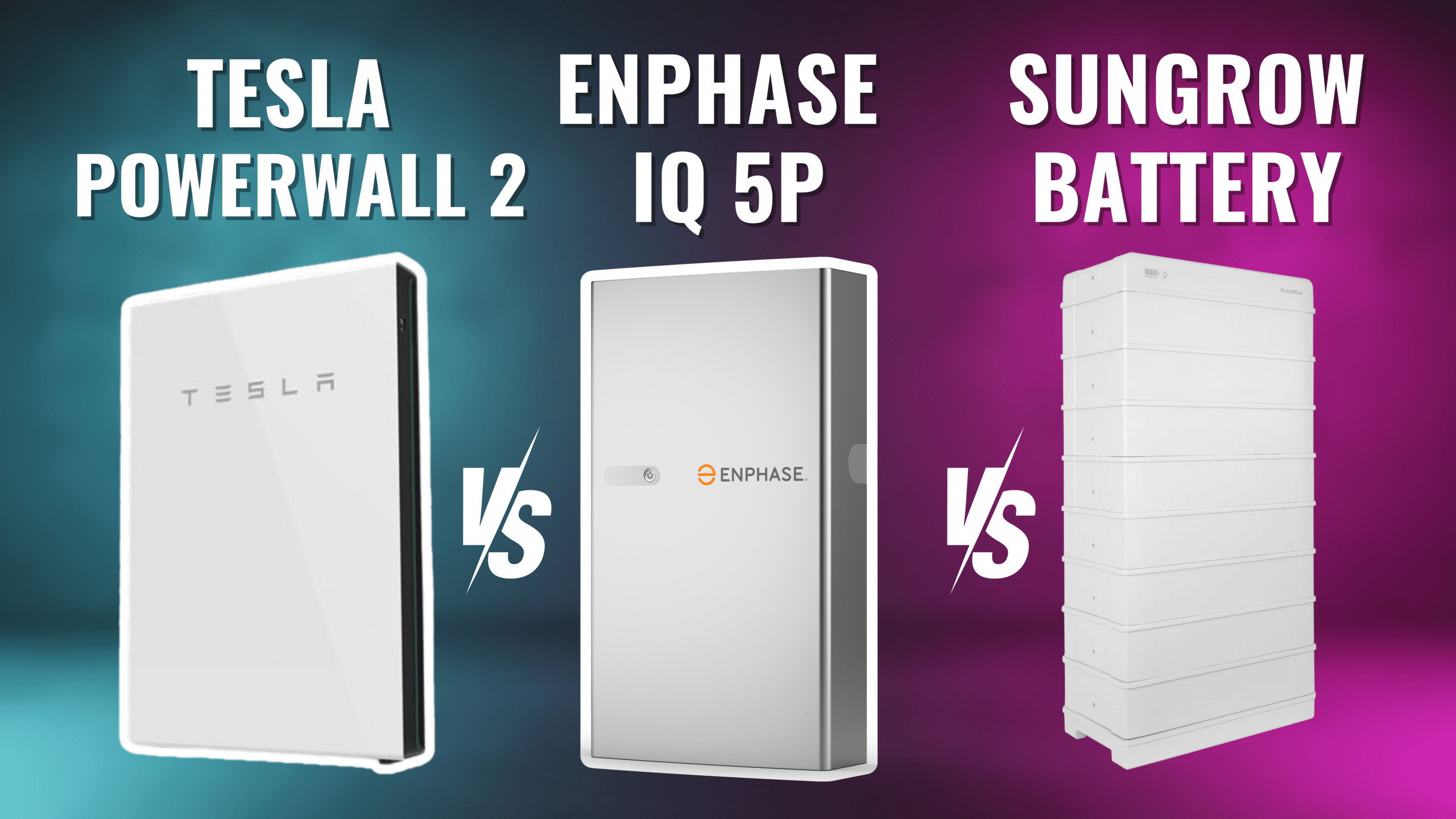
What Is the Albanese Government’s $300 Electricity Bill Rebate?
Is the Albanese Government’s $300 Electricity Bill Rebate Really That Impressive?
As the Albanese government rolls out a $300 electricity bill rebate to counteract the pain of rising electricity bills, many Australians are wondering if this measure is as beneficial as it sounds. With energy prices on an upward trajectory, a $300 credit might seem like a welcome relief, but when you consider the average annual electricity bill in NSW is around $2,500, this rebate appears less significant.
So, what real difference will it make to your household finances in the long term?
In this article, we will explore not only the immediate effects of this rebate but also its role within the broader landscape of Australian energy policy. For those sceptical about the real impact of such rebates or curious about their potential to ease financial burdens, we delve into whether this policy is merely a drop in the ocean.
Understanding the $300 Electricity Bill Rebate
Announced amidst rising electricity prices, the Albanese government’s $300 rebate is designed to lighten the load on Australian households. However, how is this amount distributed, and who really benefits?
Eligibility and Distribution
This time around, the relief is not confined to households on government benefits; all households and even some small businesses will see some of this rebate. But let’s break down what that really means in the grand scheme of things.
How Will the Rebate Be Applied?
Unlike a direct payment, the $300 rebate will appear as a credit on electricity bills, ensuring it directly offsets ongoing energy costs. Here’s how it will be implemented:
- Automatic Application: Starting from July 1, 2024, the rebate will be automatically applied during the billing cycle, simplifying the process for recipients.
- Timing of the Credit: Rather than a lump sum, the rebate will be split across multiple billing periods, possibly as two $150 credits or even four $75 credits extending into 2025. It’s crucial to note that it’s not $300 per bill but $300 in total.

Impact on Household Budgets
The immediate benefit is clear: the rebate will decrease the amount paid out-of-pocket for electricity bills temporarily. It provides a momentary buffer for reallocating funds to other necessities such as groceries or healthcare.
However, the long-term view is more complex. A $300 rebate does little to address the underlying issues that are driving up electricity prices, like supply challenges or rising production costs. For a truly effective financial strategy, households might need to look beyond short-term relief to solutions like enhancing energy efficiency or considering renewable energy options.
Broader Implications
The $300 rebate is part of a larger discussion on energy policy and economic support in Australia, reflecting the government’s intent to support not just vulnerable groups but a broader demographic during economic pressures. Yet, it also underscores the necessity for more enduring solutions to energy production and consumption challenges that could prevent such crises in the future.
The rising cost of living is placing immense pressure on homeowners, and many of these short-term rebates merely act as temporary fixes disguised as substantial relief. The main issue with these solutions is their lack of forward-thinking and our ability to take control through smarter planning.
Considering a long-term strategy like solar panel financing can place you in a much stronger position. With manageable ongoing payments — as low as $53 biweekly for a 6.6kW system — you could significantly reduce or even eliminate your electricity bills. This not only provides immediate relief from the shock of high energy costs but also offers the predictability of knowing exactly what your payments will be every fortnight.
You don’t need to depend on minimal government rebates; instead, you can leverage established financing options to genuinely take charge of your long-term electricity expenses.







